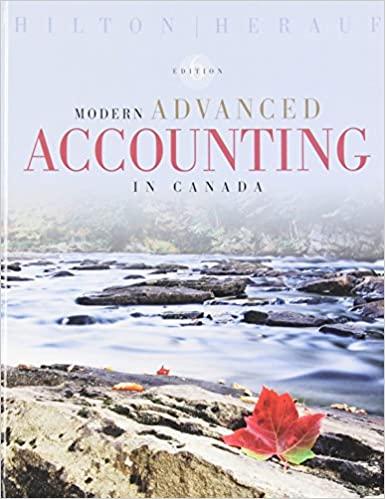Question
1) Consider two different 10-year annuities. The first pays $1,000 per annum for the first five years and then drops to $500 for the last
1) Consider two different 10-year annuities. The first pays $1,000 per annum for the first five years and then drops to $500 for the last five years. The other pays $800 per year for ten years. If the current interest rate, r, is 10% annual compounding, which do you prefer? 2) You take out a $250,000 mortgage from a bank with a 30-year, level-pay (amortizing) loan. The initial interest rate is 7% with monthly compounding and payments are made monthly. a) What is your monthly payment? b) After 2 monthly payments, how much principal remains to be paid? 3) A project, that your company may invest in, is expected to produce an annual cashflow stream over the next 15 years. The first year the project will pay $10,000 however, due to increasing operating costs, that amount is expected to decline by 5% per annum. The initial outlay for the project is $50,000. a) Assuming a 10% cost of capital (interest) rate, what is the NPV? Would you recommend undertaking the project? b) Use a spreadsheet to find the breakeven (zero NPV) cost of capital rate? Will that rate be the total return you will achieve? 4) Suppose you borrow $150,000 for 10 years paid back in 5 equal installments starting at the end of year 6 with a 7% interest rate (annual compounding). During the first five years, the unpaid interest is added to your principal. Make a table showing, for each year, the principal outstanding at the beginning and end of year, the payment made, the interest paid, and the principal paydown. 34
Step by Step Solution
There are 3 Steps involved in it
Step: 1

Get Instant Access to Expert-Tailored Solutions
See step-by-step solutions with expert insights and AI powered tools for academic success
Step: 2

Step: 3

Ace Your Homework with AI
Get the answers you need in no time with our AI-driven, step-by-step assistance
Get Started


